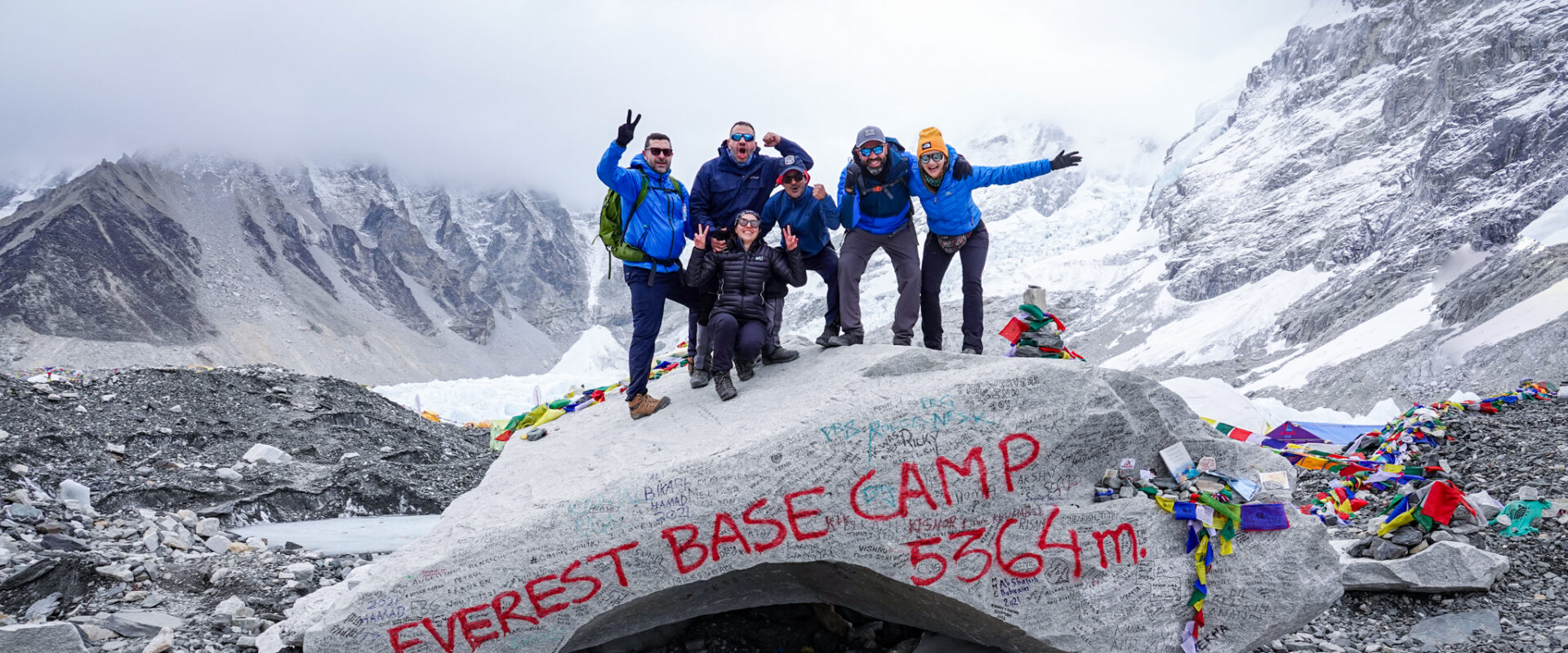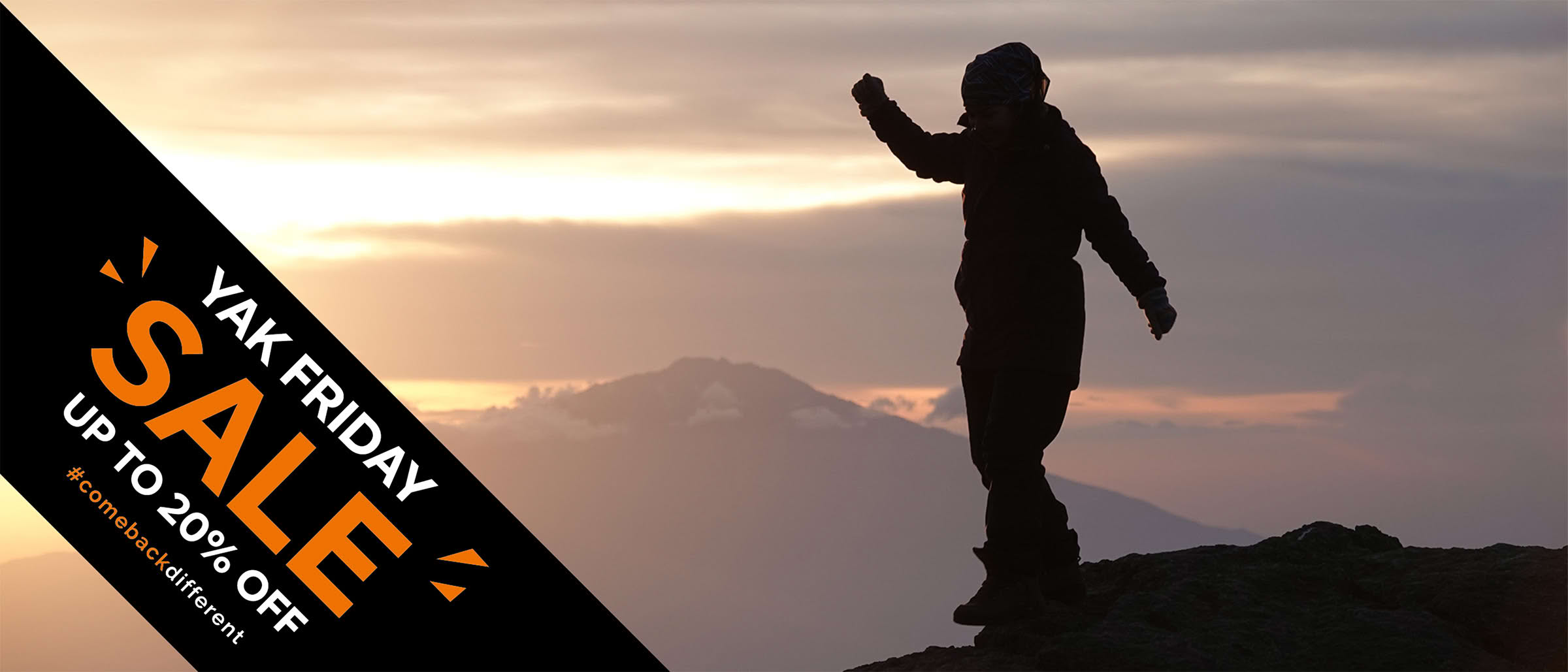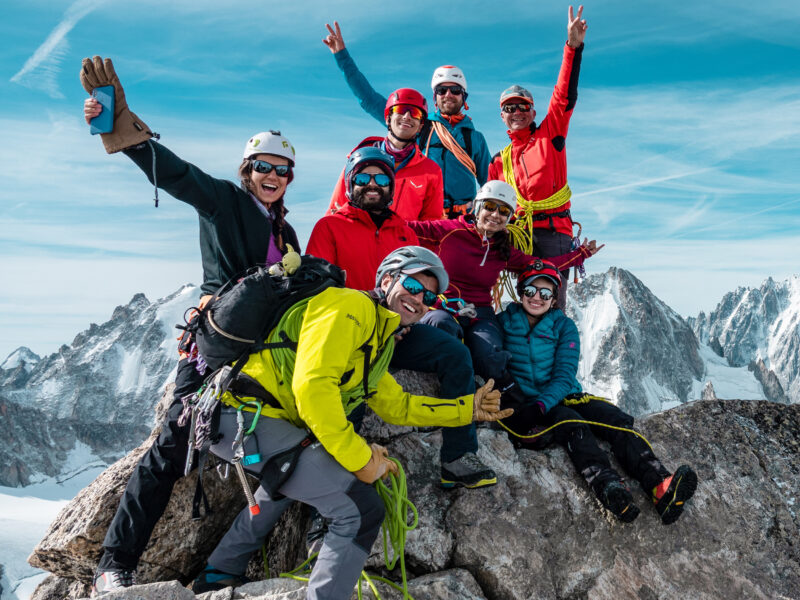BY Hazem El Shamy | May 13 2025
Can First-timers Trek to Everest Base Camp?

There’s something about the words Everest Base Camp that sends a pulse through the body. Maybe it’s the sheer scale of the Himalayas. Maybe it’s the legacy of the climbers who dared to go beyond. Or maybe it’s that quiet question echoing in the back of your mind: “Could I do that?”
If you’re a first-timer wondering whether the trek to Everest Base Camp (EBC) is within reach, the answer is simple.
Yes. You absolutely can.
But—(and there’s always a but when it comes to mountains)—it helps to know what you’re getting into. The trail to EBC isn’t just about altitude. It’s about patience, grit, and a willingness to step outside your comfort zone, one careful footstep at a time.
It’s Not a Climb, It’s a Trek
Let’s clear something up: you don’t need crampons, ropes, or climbing skills to get to EBC. This is a trek, not a mountaineering expedition. The trail winds through charming Sherpa villages, past prayer wheels and mani stones, across swaying suspension bridges, and into the heart of the Khumbu region.
But don’t mistake that for easy.
You’ll be hiking 130 km (80 miles) round-trip, often walking 5 to 7 hours a day, and gaining elevation up to 5,364 meters (17,598 feet) at Base Camp.
The challenge is real—but so is the reward.
What It Takes Physically
You don’t need to be an athlete to trek to EBC, but you do need reasonable fitness and endurance. If you can walk 10–15 km (6–9 miles) with a daypack over uneven terrain—and do it again the next day—you’re on the right track.
What matters more than speed or strength is your ability to adapt to altitude. And that’s where a good itinerary comes in.
Look for routes with built-in acclimatization days, usually at Namche Bazaar and Dingboche. These rest days aren’t lazy days. You’ll still hike to higher altitudes and return to sleep low—a proven way to help your body adjust.
Mental Game: The Untold Challenge
Most first-time trekkers worry about their legs or lungs. But out there, it’s the mental game that often defines the experience.
Altitude messes with your sleep. Weather turns fast. You’ll question your decision on steep switchbacks or when appetite disappears. But it’s in those moments—when you’re pushed beyond the daily grind—that something shifts.
You find rhythm. You look up, breathe deep, and realize: You’re walking in the Himalayas.
You’re Not Alone
The trail to Everest Base Camp is well-established and teeming with support. From your guides and porters to fellow trekkers, there’s a shared energy on the trail—a mix of awe, struggle, and camaraderie.
And at night? Warm lodges, simple meals, and stories traded over ginger tea or garlic soup. It’s a community built on shared purpose.
A Few Things to Know
Best Time to Go: Pre-monsoon (March–May) or post-monsoon (late September–November).
Altitude Sickness is real. Go slow, hydrate, and listen to your body.
Gear matters, but it doesn’t have to break the bank. Rent or buy second-hand if needed.
Training for 2–3 months with hikes, cardio, and leg strength pays off.
Final Thoughts
Trekking to Everest Base Camp isn’t about bagging a summit. It’s about walking among giants, tracing the footsteps of legends, and seeing how far you can go with your own two feet and a willing heart.
So, can a first-timer do it?
Yes. And maybe you should.
Because sometimes, the best way to discover what you’re made of… is to take that first step and just keep walking.
Climb On!
About The Author
Hazem is an avid high altitude mountaineer and adventurer that has helped lead hundreds of climbers to summits across the Himalayas, Andes, Atlas, and Caucus mountain ranges. He believes that inspiration is best served on a sharp ridge 6000 meters up in the sky, and is committed to making big mountain goals more achievable to the everyday climber.
About Life Happens Outdoors
At Life Happens Outdoors, we believe in the power of nature to transform lives. As proud members of the Adventure Travel Trade Association (ATTA) and the World Travel & Tourism Council (WTTC), our team of certified guides and outdoor professionals is committed to the highest standards of safety, sustainability, and excellence.
Discover more about our story and mission on our Meet LHO page, or explore our curated adventures such as the Tour du Mont Blanc Trek, the Climb of Kilimanjaro, and Chasing the Northern Lights.















